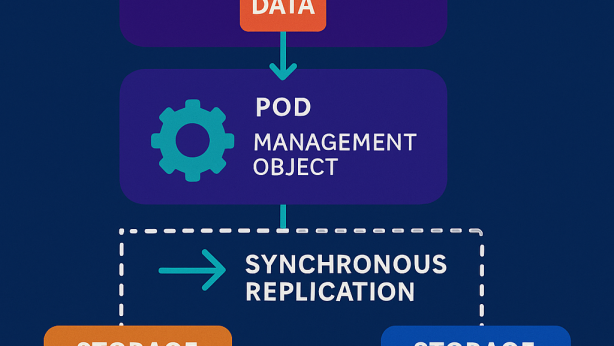Adaptive Network Systems And Methods For Identifying And Recovering Lost Packets
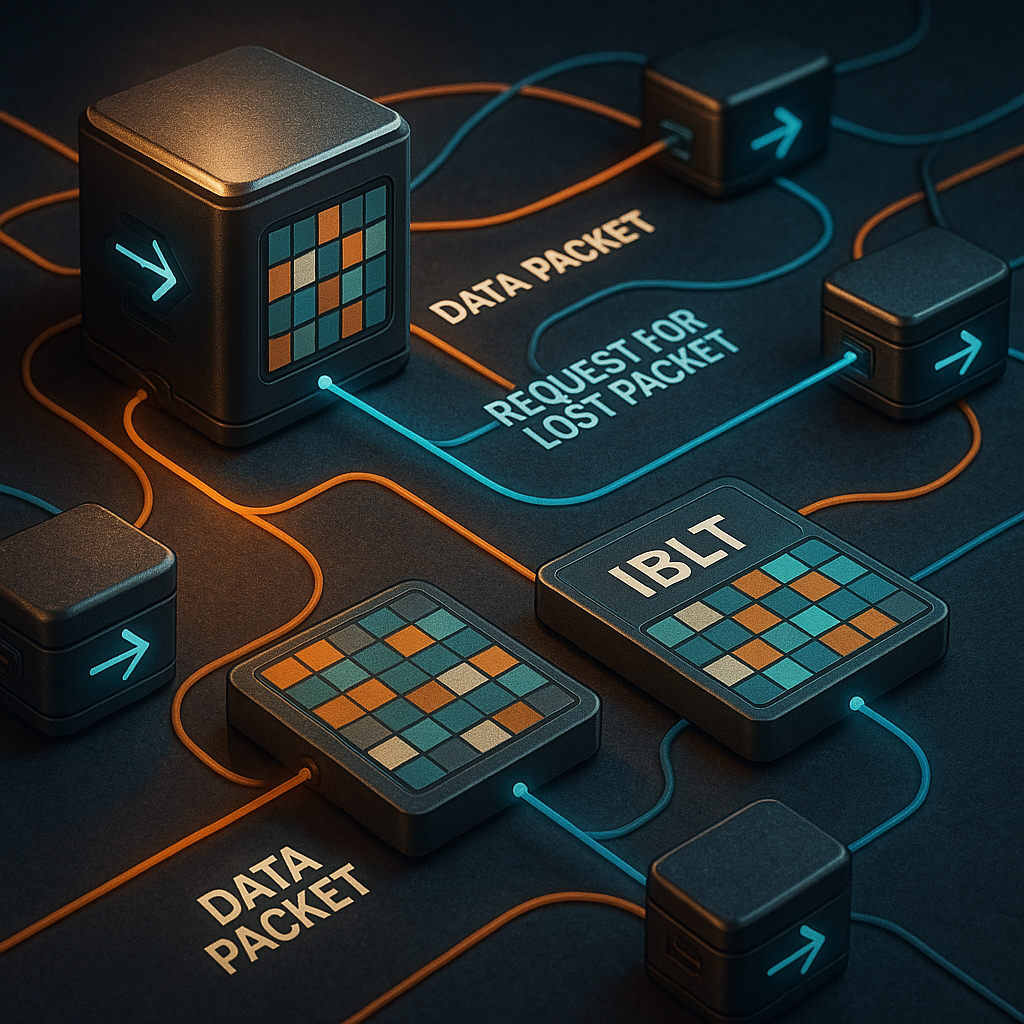
Invented by Khodabandeh; Hadi, Wang; Yong, Griggs; Tyler
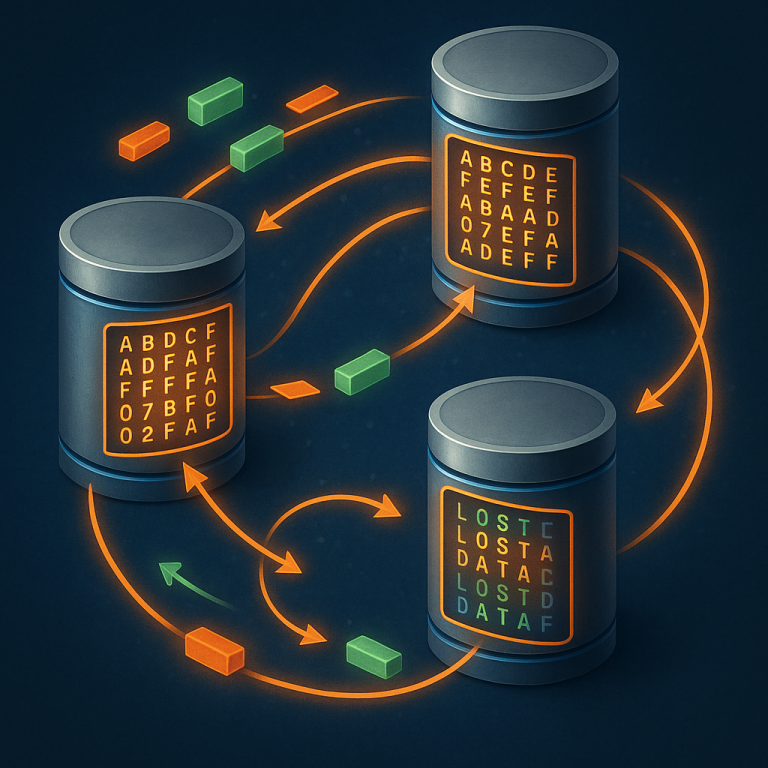
Data loss is a big problem when sending information over a network. Sometimes, computers don’t get all the parts of the message, and this can cause trouble, especially when the data is important. A new patent application describes a way to fix this problem using something called an adaptive invertible bloom lookup table, or IBLT. This article will help you understand why this matters, the science behind it, and what’s new about this invention.
Background and Market Context
Anyone who has ever sent a message or a file over the internet knows that sometimes things just don’t arrive as expected. Imagine you are trying to send a picture to a friend, but only part of it gets through. This is called “packet loss.” In many cases, the missing pieces don’t matter much. But there are some situations where losing even a small bit of information is a big problem.
This is especially true for companies and industries that depend on fast and accurate data. Think about banks sending financial numbers, hospitals sharing medical information, or even people working together on important projects in real time. If the network loses information, it can mean mistakes, delays, or even lost money. That’s why there’s a constant push to make networks more reliable, so every part of a message gets to where it’s supposed to go.
A lot of networks use something called “multicast.” This means one computer sends the same message to many computers at the same time. It’s a good way to save time and resources, but it can also make the problem of packet loss worse. If one or more computers don’t get the message, the whole process can slow down or stop until the missing parts are found and sent again.
The market for reliable data transmission is huge. Every bank, hospital, online game, video conference, and even smart home devices depend on sending and receiving information that arrives complete and on time. Companies spend a lot of money trying to fix packet loss, using different tools and tricks. But most solutions either use too much internet bandwidth, are too slow, or are too complicated to work everywhere.
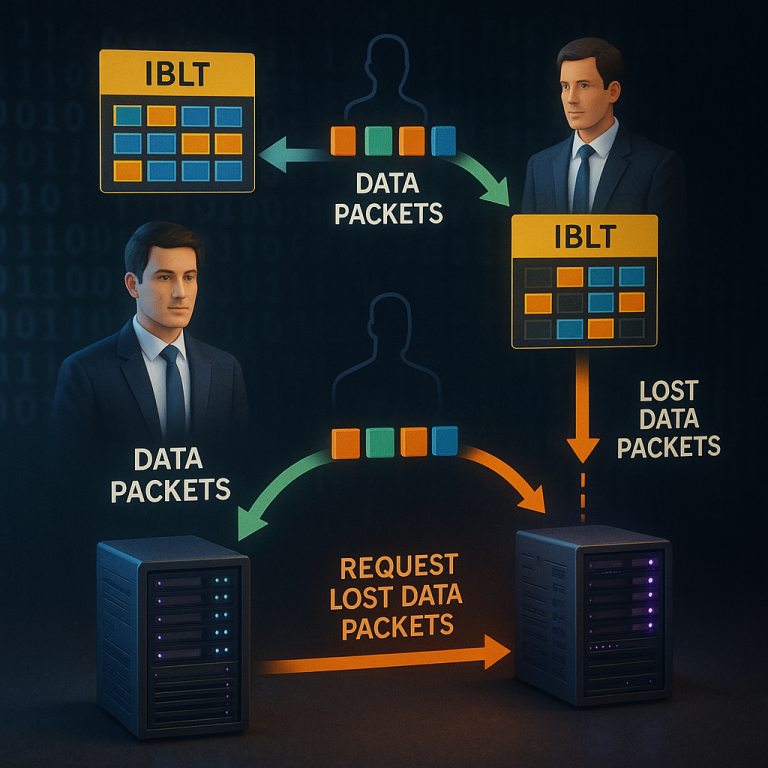
This is where the new patent comes in. It offers a way for computers to quickly find out if they are missing any part of a message, and then ask only for the missing pieces. This saves time, uses less internet space, and makes the whole network work better. As more and more people and businesses rely on fast and secure data, finding smarter ways to fix packet loss is not just a nice idea—it’s a must.
Scientific Rationale and Prior Art
Let’s take a closer look at how people have tried to solve the packet loss problem in the past, and why the new method is different.
First, networks are usually built so that if a computer misses a message, it asks for it again. This is called a “retransmission.” But if many computers are missing different parts, and all of them are asking for help at the same time, the network can get overwhelmed. It’s like a group of kids all shouting for the teacher’s attention at once.
Some systems use what’s called “flooding.” This means the sender just keeps sending the message over and over, hoping everyone will get it eventually. This can work, but it wastes a lot of resources. Imagine someone shouting the same message in a crowded room again and again—most people hear it the first time, but the noise just keeps growing.
There are also special codes and error checks, where the sender adds extra information so the receiver can fix small problems by themselves. These work well for small errors, but not when whole pieces go missing.
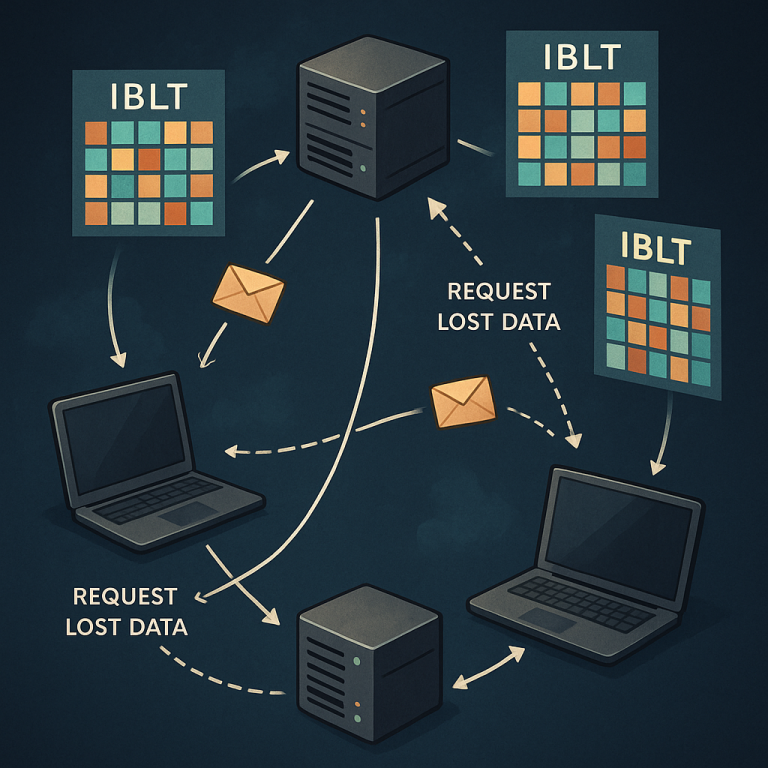
To solve the bigger set reconciliation problem—making sure two computers have the same set of data—scientists have used things like “Bloom filters.” These are clever ways to quickly check if something is missing, but they can’t always say exactly what is missing. Invertible Bloom Lookup Tables (IBLTs) are a new twist on this. An IBLT is like a special list that helps you find out exactly what you’re missing, and even fix the problem, without sending a lot of extra information.
Before this patent, IBLTs were used for things like syncing files or databases, especially when two computers might have almost the same information. But picking the right size for the IBLT was tricky. If it’s too small, it can’t find all the missing pieces. If it’s too big, it uses more space than needed. No one had a good way for computers to pick the best IBLT size on the fly, or to handle lots of computers talking to each other in a tree or network shape.
This new approach builds on what we know about IBLTs, but adds a smart way for computers to work together, try different sizes, and adapt as needed. It’s a big jump from just sending and hoping for the best, or flooding the network with repeats.
Invention Description and Key Innovations
Now for the heart of the matter: how does this invention actually work, and what makes it stand out?
Imagine a network as a big tree of computers. At the top, there’s the main sender. Below are the helpers, and at the bottom are the many receivers. When the sender has a message, it breaks it into smaller parts, called packets, and sends them down the tree. Each helper passes the packets on to the next group, and so on, until everyone gets the full message.
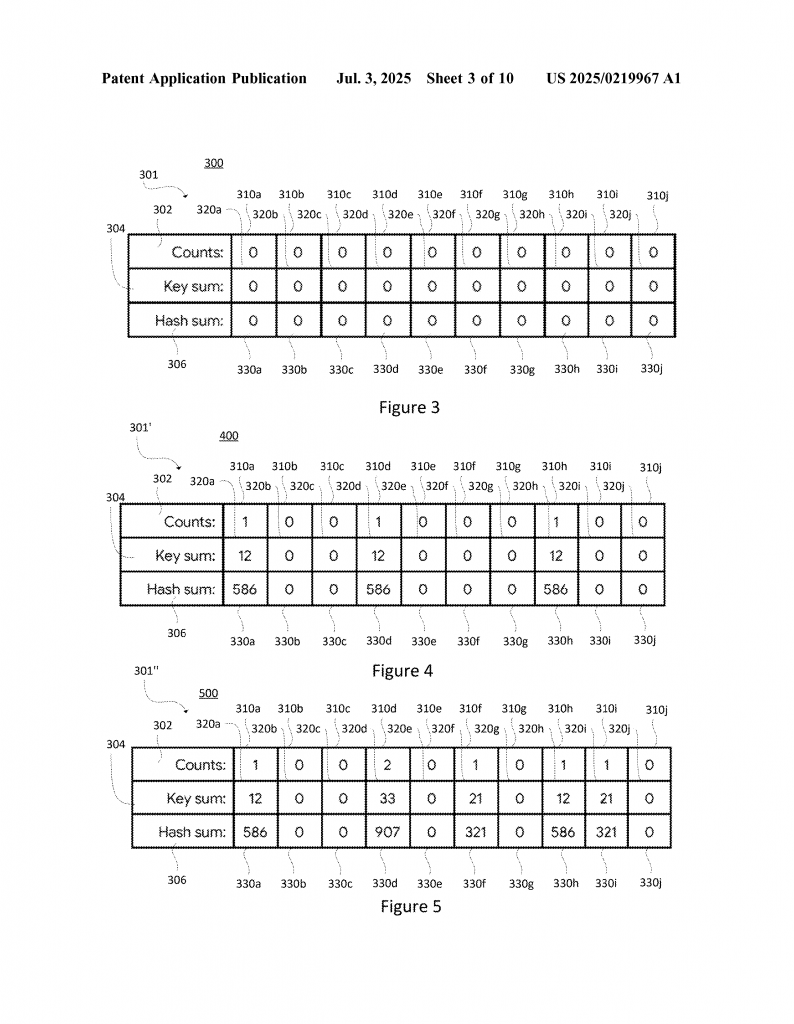
But sometimes, a helper or receiver misses a part because of a busy signal, a glitch, or some other problem. In the old way, the missing computer might have to wait and ask for the whole message again, or not get the missing part at all.
This invention takes a smarter path. Each computer in the network keeps a special IBLT for the packets it has received. The sender also makes an IBLT for the packets it sent. After sending the packets, the sender also sends its IBLT. The receiver compares their own IBLT to the sender’s IBLT. If both match, nothing is missing—the message got through.
If the receiver’s IBLT doesn’t match the sender’s, the receiver can subtract one from the other (element-wise difference) and use a “peel” process to find out exactly which packets are missing. If this works, the receiver just asks for those specific packets. This is much better than asking for everything or trying to guess.
Sometimes, the IBLT might not be the right size to spot the missing pieces. If the IBLT is too small, the “peel” process won’t work. In that case, the receiver sends a message back: “Please send a bigger IBLT.” The sender then makes a larger IBLT and sends it. This keeps going until the receiver can spot and name the missing packets.
If the IBLT is much bigger than needed, the receiver can also tell the sender to use a smaller one next time. This saves bandwidth and speeds things up. Over time, the computers learn what size works best.
The invention also covers what happens if a receiver asks for a packet that the sender no longer has (maybe it was deleted to make space for new messages). In that case, the sender sends a quick note saying the packet is gone, so the receiver doesn’t wait or keep asking.
This whole process works for many types of networks, including those with backup routes and extra connections. The system is designed to be very flexible, so it can grow or shrink, add more computers, or change how messages are passed along, without breaking down.
What’s truly new here is the way the network adapts in real time. The IBLT size is not fixed. Computers talk to each other, give feedback, and adjust, all while keeping the network running smoothly. This means less wasted space, less waiting, and much better results when the network is busy or noisy.
Tests run by the inventors showed that this adaptive IBLT system uses less bandwidth, loses fewer packets, and keeps delays low, even when the network is not perfect. In network tests with lots of computers and different setups, the adaptive IBLT system could recover lost packets every time, while old methods left some messages lost forever.
The invention also adds features to help with memory and storage. Computers only keep packets for a certain time, and the system knows how to deal with missing data gracefully if something can’t be recovered.
All together, these new ideas make the network stronger, faster, and more reliable. Instead of trying to fix everything by brute force, the network gets smarter with every message.
Conclusion
Losing parts of a message can cause big headaches in networks, but with the new adaptive IBLT system, computers can quickly find out what’s missing and only ask for what they need. This saves time, uses less internet space, and makes sure important information is not lost. The invention stands out because it lets computers work together, adjust to changing network conditions, and keep messages moving, even when there are problems. As our world moves faster and depends more on digital communication, smarter ways to fix packet loss are not just helpful—they are essential. This patent application brings us one step closer to a future where losing data is no longer something to worry about.
Click here https://ppubs.uspto.gov/pubwebapp/ and search 20250219967.

